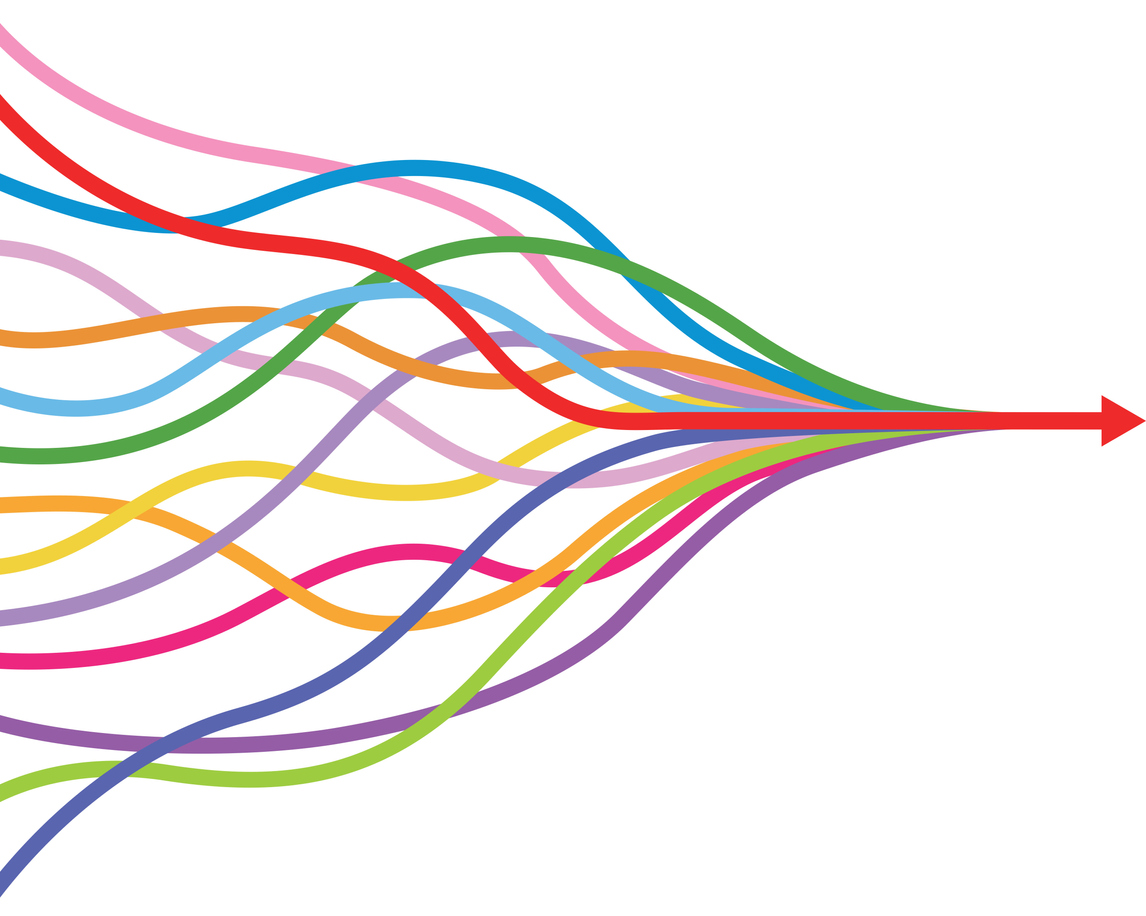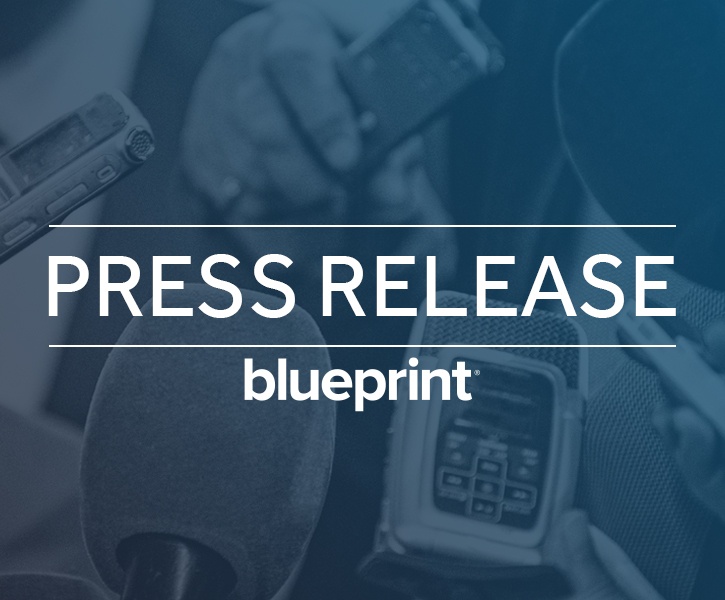Why RPA Vendors Keep Raising Their Prices
Organizations are aggressively looking to leave the legacy RPA tools they started their automation journeys on and migrate to more cost-effective options like Microsoft Power Automate.
The main factor driving so many RPA migrations is simple: organizations want and need to reduce their inflated RPA total cost of ownership. With major, legacy RPA tools increasing their licensing costs and prices, the desire to migrate RPA estates to more cost-effective alternatives is only rising.
We’ve written about why legacy RPA vendors are increasing their prices before on this blog, yet they continue to do so. The question is, why? That’s what we try to answer in this article—why major, legacy RPA vendors continue to raise their prices.
The Main Reason Major, Legacy RPA Vendors Keep Raising Their Prices
At its most basic, legacy RPA vendors keep raising their prices because they can…and, of course, want to make more money. The market is not quite crowded yet or saturated. Their stiffest competition is each other, with very strong (and relatively new) incumbents like Microsoft Power Automate threatening their market share.
Microsoft is already nipping at their heels with their much more competitive pricing, Power Automate Premium Licensing models, and robust AI (artificial intelligence) capabilities with game-changing tools like Microsoft Copilot. Yet the major RPA vendors continue increasing their licensing fees and costs instead of trying to compete with the likes of Microsoft who provide a much lower fiscal point of entry. But why?
There are predominantly three reasons. One is the marketing and publicly touted reason that positions them in a positive light. The other two are closer to the truth. We’ll start with the sales and marketing approach to explain why the major RPA vendors keep raising prices.
The Public Reason RPA Vendors Are Raising Prices
To hear them tell it, legacy RPA vendors justify their licensing fee increases and costs because they argue that they’re adding features to their offering and making their platforms more expansive and robust. In broadening the capabilities of their solutions, they claim they are offering a much more comprehensive automation platform.
Baking in more analytics or AI capabilities adds credence to a platform approach with advanced technologies to fulfill more use cases and simplify how users interact with these solutions. It warrants more compensation; however, there are other reasons big RPA vendors are still steadily increasing their licensing fees and costs.
The Other Reasons RPA Vendors Keep Raising Their Prices
There is truth to SaaS (software as a service) providers increasing prices due to solutions and offerings growing in sophistication and capabilities, however, there is usually more there than meets the eye.
In the case of the major legacy RPA vendors, some realities have orchestrated price increases. Primarily, slumping stock prices from inflated valuations and overly ambitious revenue targets have forced some to make up margins by increasing prices.
Bringing more money in from your existing customer base goes a long way to appeasing your shareholders and the grim optics externally.
Another element fueling RPA tool price inflation is acquisitions. When one company is purchased, the new owners want to start seeing a return on their investment. One sure-fire way to do that is by getting your existing customers to pay more when their contracts come up for renewal, leading to this trend we’ve been witnessing for some time now.
Conclusion
There are several reasons major, legacy RPA vendors are increasing their prices. Publicly, they will espouse expanding their platforms and capabilities to make them more comprehensive and useful. There is truth to that; however, failed revenue targets, falling stock prices, and recent acquisitions also play a critical factor, leading to vendor lock-in.
RPA tools can be quite sticky because of how proprietary they are. Migrating your existing automations from one tool to another can be complex and expensive work, reinforcing vendor lock-in, where vendors can hike prices without fearing a mass exodus.
That, however, has fortunately changed. Some solutions, like Blueprint’s RPA Migration solution, enable organizations to switch RPA tools with 60-75% time and cost savings, making vendor lock-in a thing of the past.
With solutions like Blueprint’s, the RPA vendor market is totally open to you. Are you curious to see how much you could save by switching to a more cost-effective option like Microsoft Power Automate? Click the link below and find out!
Share this
Recent Stories

So You’ve Been Asked to Reduce Your RPA Costs. Here Are 4 Ways to Do It

How to Reduce the Rising Costs of RPA Maintenance and Support


